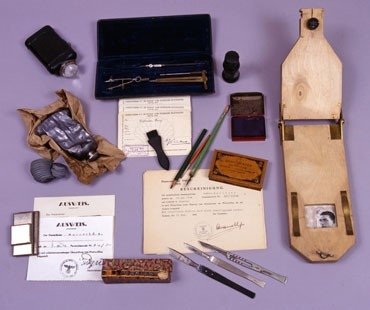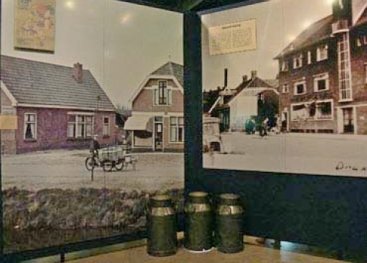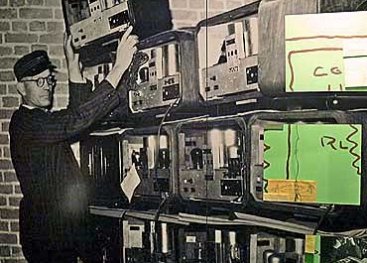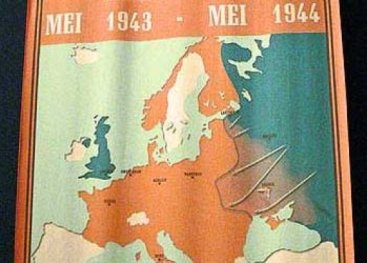
Forging papers
Improving techniques
The Germans introduced all sorts of official documents to keep the Dutch under control: work exemptions, bicycle permits, etc. Forged papers were therefore indispensable for people in hiding and resistance fighters.
In 1941 and 1942 the first attempts were made to forge identity cards. The person's name was bleached out, and the 'J' for Jew was removed with a penknife and pasted over. The techniques were improved slowly but surely.
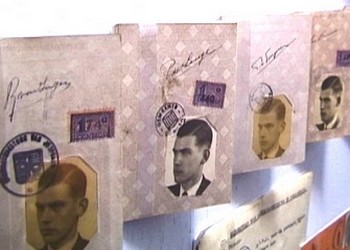
Forgery organisations
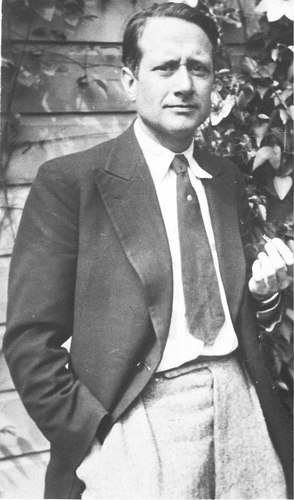
The Persoonsbewijzencentrale [PBC, Central Office for Identity Cards], founded in 1942 by the Amsterdam sculptor Gerrit van der Veen, became the country's largest forging organisation.
At the end of 1943, the Falsificatie Centrale [FC, Central Office for Forged Documents] of the National Organisation for Aid to Those in Hiding became the second largest forgery organisation.
Both organisations produced hundreds of thousands of forged papers. They even issued catalogues of forged stamps, available for delivery.
'Hinged arm'
Every identity card has a fingerprint on the back of the photograph on which a transparent seal is placed with a special type of glue.
The stamp of the issuing municipality is half on and half off the photograph. Special tools were required for a relatively simple forgery.
The brass cover was used to detach the stamp with acetone fumes without the printing being damaged.
A ‘hinged arm’ ensured that the stamp could be put back in exactly the right place once the photograph had been replaced.
